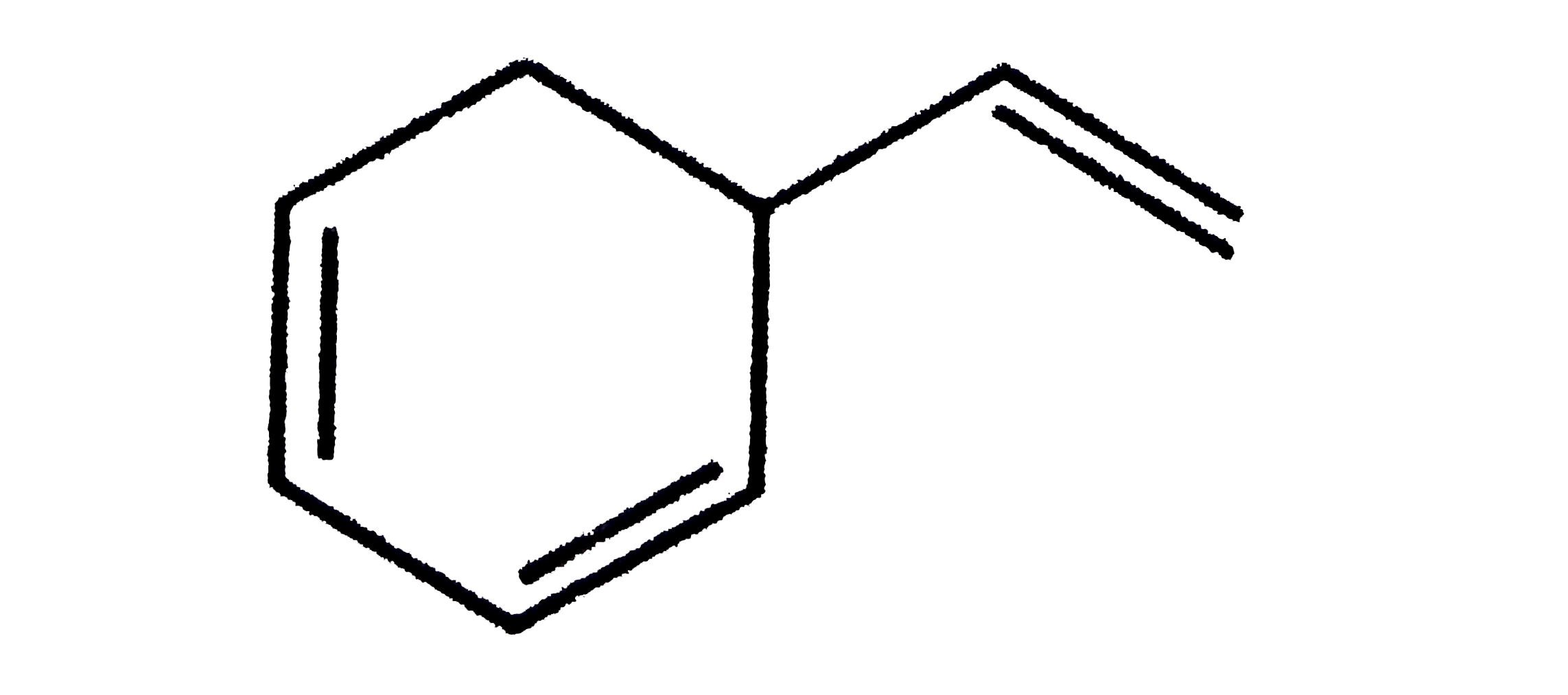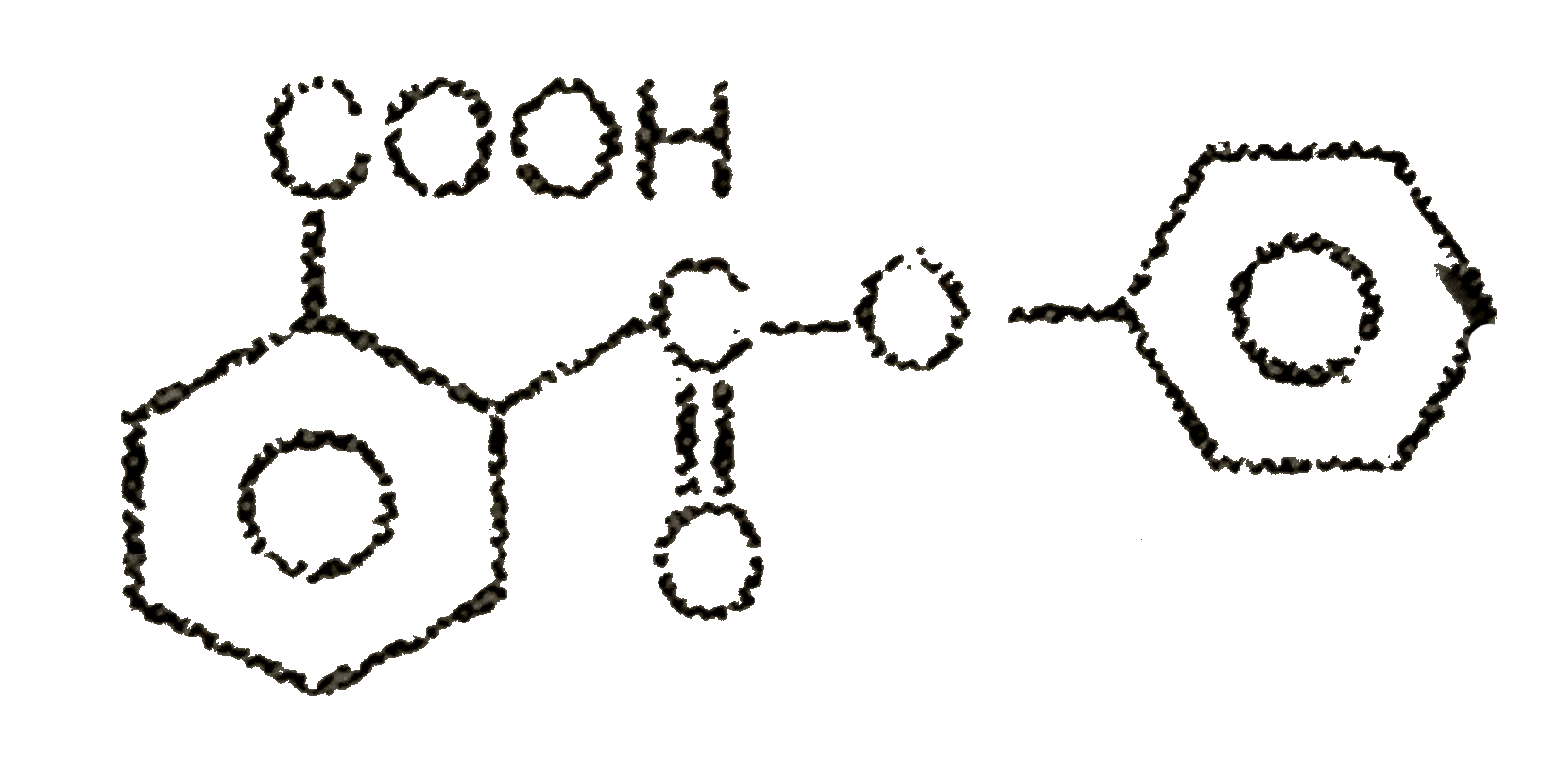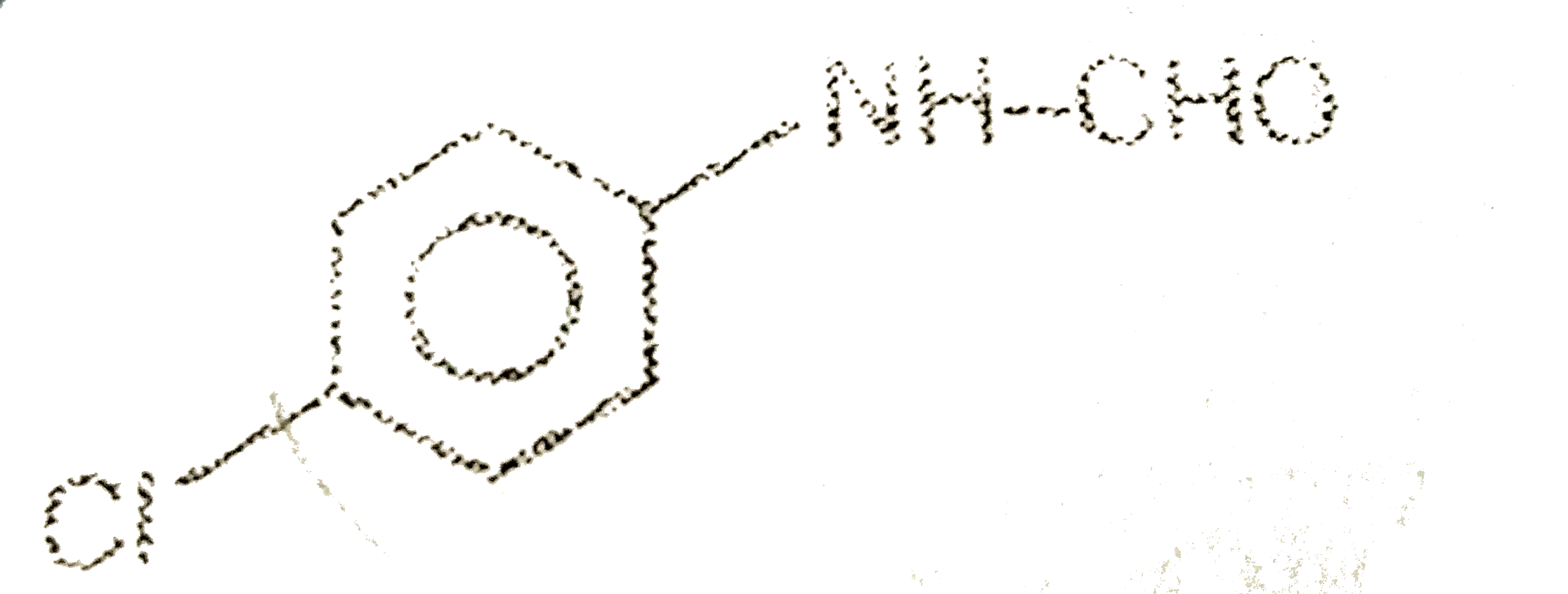Which of the following does not depict the correct , name of the compound ?
K2[Zn(OH)4] : Potassium tetrahydroxozincate (II)
[Co(NH3)5CO3]Cl: Pentaammine carbonatochlorocobaltate(III)
Na3[Co(NO2)6]: Sodium hexanitrocobaltate (III)
K3[Cr(CN)6]: Potassium hexacyanochromate(III)
The correct Answer is:B
To determine which of the following coordination compounds does not have the correct name, we will analyze each option step by step.
Step 1: Analyze the first compound - K2Zn(OH)4
- Formula: K2Zn(OH)4
- Cation: K+ (Potassium)
- Anion: Zn(OH)4^2- (Zincate)
- Naming: Since the anion is derived from hydroxide, it will end with "ate". The correct name is potassium tetrahydroxozincate(II).
- Conclusion: This name is correct.
Step 2: Analyze the second compound - (Co(NH3)5Cl)Cl2
- Formula: (Co(NH3)5Cl)Cl2
- Cation: (Co(NH3)5Cl)^2+ (Cobalt complex)
- Anion: Cl^-
- Naming: The cation is a complex ion and should not end with "ate". The correct name is pentaamminechlorocobalt(III) chloride.
- Conclusion: This name is incorrect because it should not end with "ate".
Step 3: Analyze the third compound - Na3(Co(NO2)6)
- Formula: Na3(Co(NO2)6)
- Cation: Na+ (Sodium)
- Anion: (Co(NO2)6)^3- (Cobalt complex)
- Naming: The anion is derived from nitro, and since it is a complex anion, it will end with "ate". The correct name is sodium hexanitrocobalt(III).
- Conclusion: This name is correct.
Step 4: Analyze the fourth compound - K3(Cr(CN)6)
- Formula: K3(Cr(CN)6)
- Cation: K+ (Potassium)
- Anion: (Cr(CN)6)^3- (Chromate complex)
- Naming: The anion is derived from cyanide, and it will end with "ate". The correct name is potassium hexacyanochromate(III).
- Conclusion: This name is correct.
Final Conclusion:
The second compound, (Co(NH3)5Cl)Cl2, has the incorrect name. It should be named pentaamminechlorocobalt(III) chloride, not ending with "ate".
- Formula: K2Zn(OH)4
- Cation: K+ (Potassium)
- Anion: Zn(OH)4^2- (Zincate)
- Naming: Since the anion is derived from hydroxide, it will end with "ate". The correct name is potassium tetrahydroxozincate(II).
- Conclusion: This name is correct.
- Formula: (Co(NH3)5Cl)Cl2
- Cation: (Co(NH3)5Cl)^2+ (Cobalt complex)
- Anion: Cl^-
- Naming: The cation is a complex ion and should not end with "ate". The correct name is pentaamminechlorocobalt(III) chloride.
- Conclusion: This name is incorrect because it should not end with "ate".
- Formula: Na3(Co(NO2)6)
- Cation: Na+ (Sodium)
- Anion: (Co(NO2)6)^3- (Cobalt complex)
- Naming: The anion is derived from nitro, and since it is a complex anion, it will end with "ate". The correct name is sodium hexanitrocobalt(III).
- Conclusion: This name is correct.
- Formula: K3(Cr(CN)6)
- Cation: K+ (Potassium)
- Anion: (Cr(CN)6)^3- (Chromate complex)
- Naming: The anion is derived from cyanide, and it will end with "ate". The correct name is potassium hexacyanochromate(III).
- Conclusion: This name is correct.
The second compound, (Co(NH3)5Cl)Cl2, has the incorrect name. It should be named pentaamminechlorocobalt(III) chloride, not ending with "ate".
Topper's Solved these Questions
- BOOK - NCERT FINGERTPS ENGLISHCHAPTER - COORDINATION COMPOUNDS EXERCISE - HOTS8videos
COORDINATION COMPOUNDS
- BOOK - NCERT FINGERTPS ENGLISHCHAPTER - COORDINATION COMPOUNDS EXERCISE - NCERT EXEMPLAR PROBLEMS14videos
COORDINATION COMPOUNDS
- BOOK - NCERT FINGERTPS ENGLISHCHAPTER - CHEMISTRY IN EVERYDAY LIFE EXERCISE - NCERT Exemplar15videos
CHEMISTRY IN EVERYDAY LIFE
- BOOK - NCERT FINGERTPS ENGLISHCHAPTER - ELECTROCHEMISTRYEXERCISE - Assertion And Reason15videos
ELECTROCHEMISTRY
Similar Questions
The correct name of the compound (I) is:
 View Solution
View SolutionThe correct IUPAC name of the compound
 View Solution
View SolutionThe correct IUPAC name of the compound
 View Solution
View SolutionThe correct IUPAC name of the compound
 View Solution
View SolutionThe correct IUPAC name of the compound
 View Solution
View SolutionWhich of the following represents the correct IUPAC name of the compounds concerned?
View SolutionThe correct IUPAC name of the compound.
 View Solution
View SolutionThe correct IUPAC name of the compound.
 View Solution
View SolutionThe correct IUPAC name of compound
 View Solution
View SolutionThe correct IUPAC name of the compound is :
 View Solution
View Solution

